
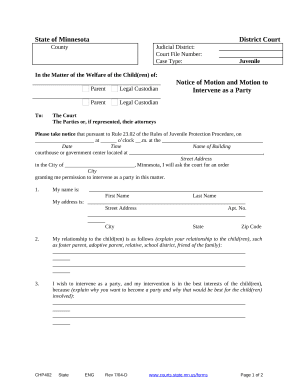
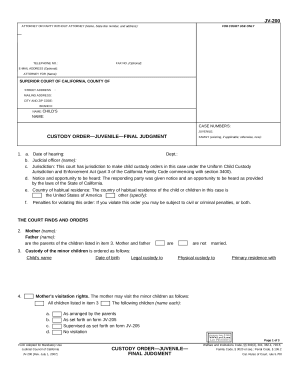
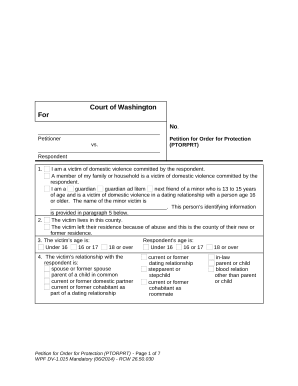

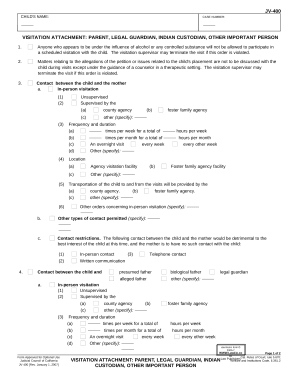

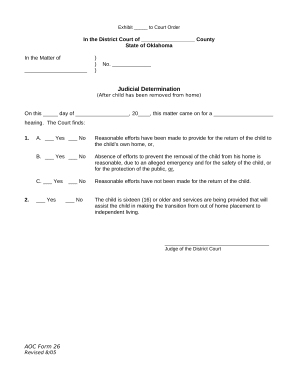



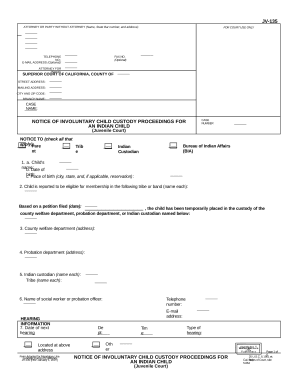
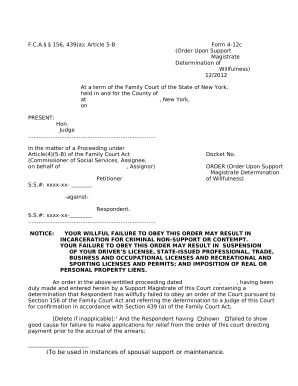
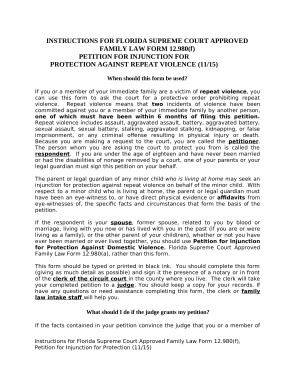
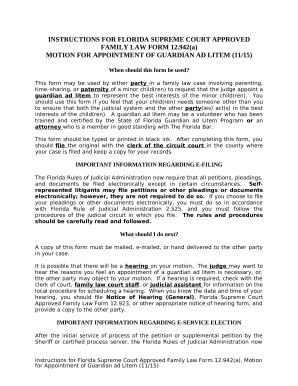
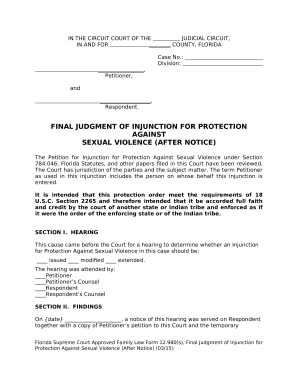

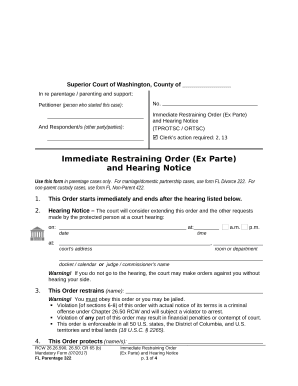
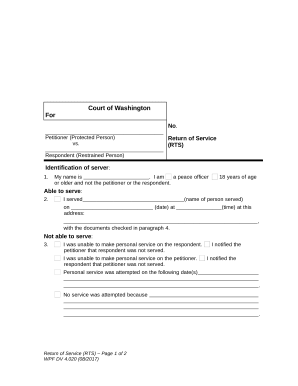

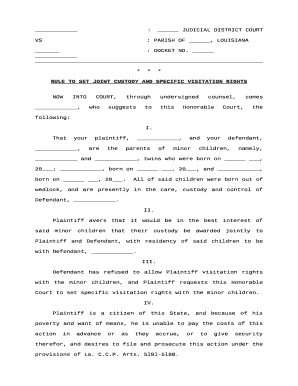
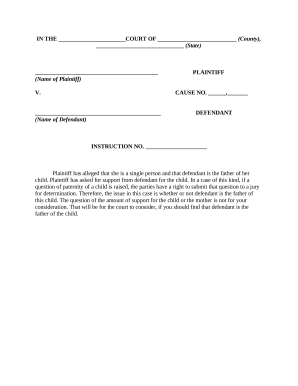

Your workflows always benefit when you are able to find all the forms and files you will need on hand. DocHub offers a a huge library of forms to ease your day-to-day pains. Get a hold of Family Law Court Forms category and easily discover your document.
Start working with Family Law Court Forms in a few clicks:
Enjoy easy record managing with DocHub. Check out our Family Law Court Forms online library and locate your form today!